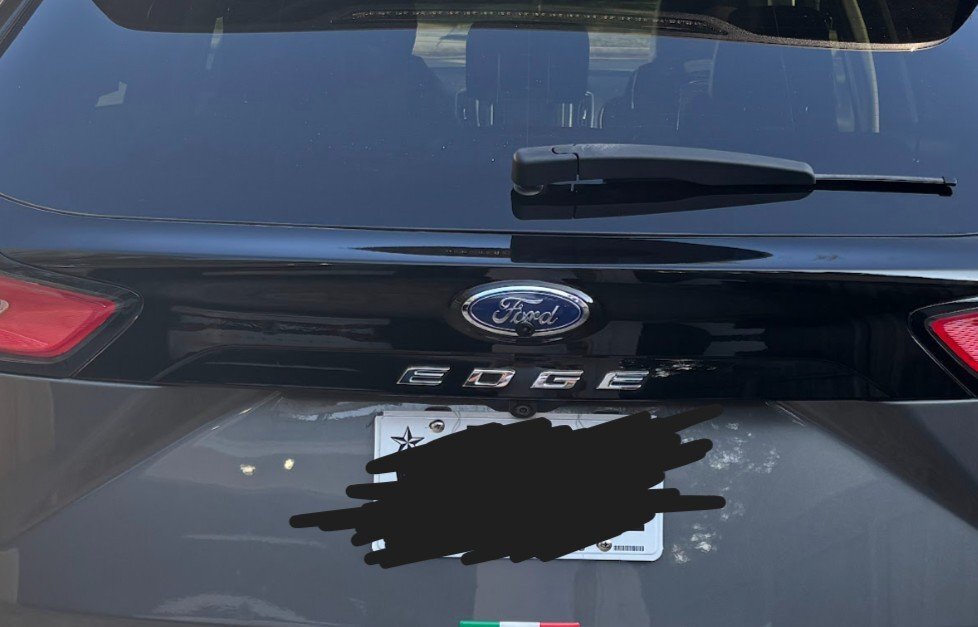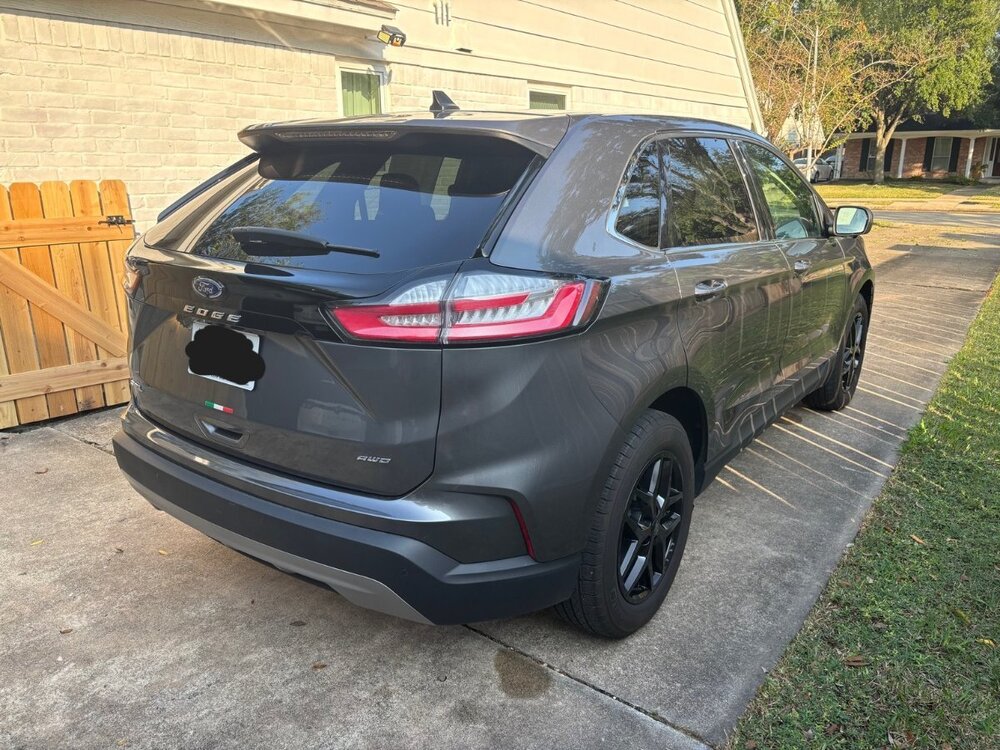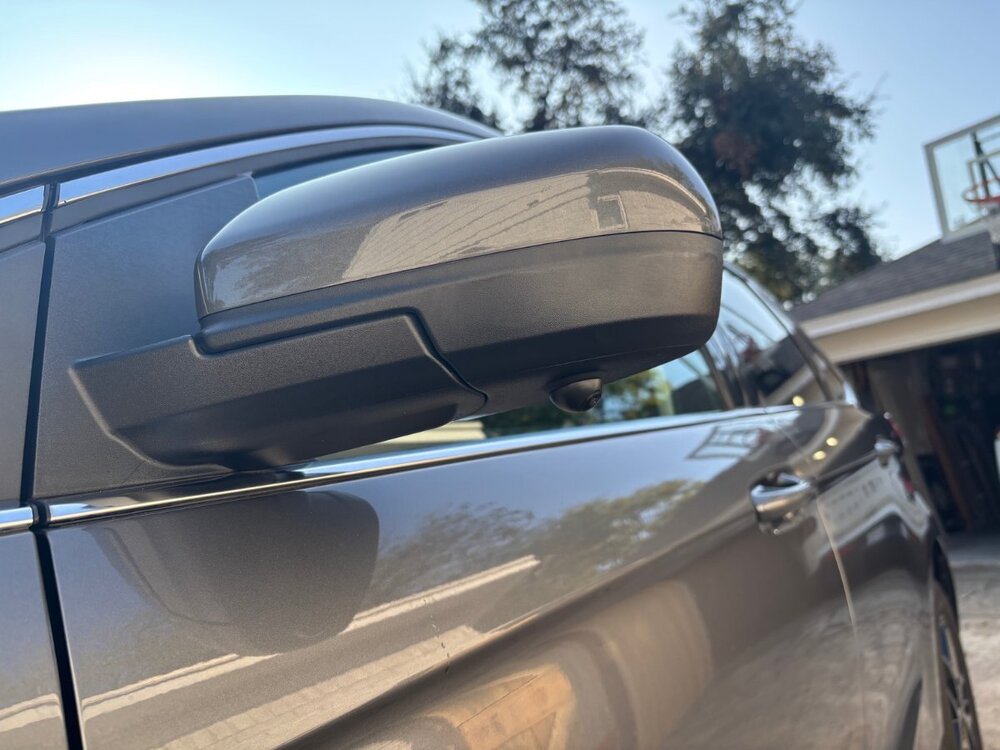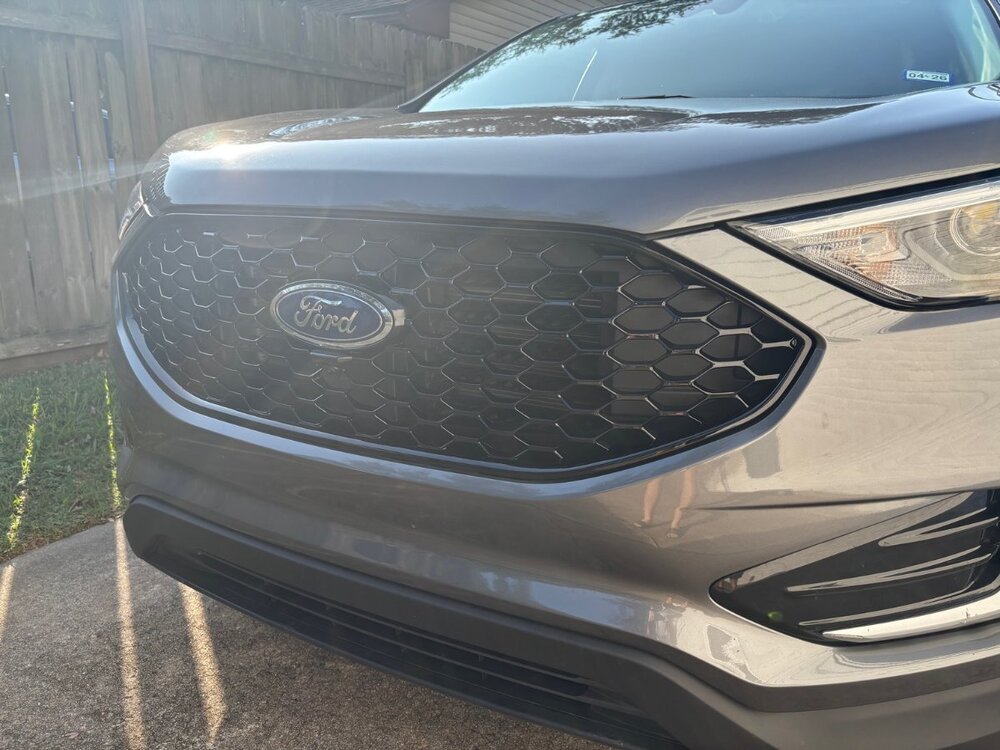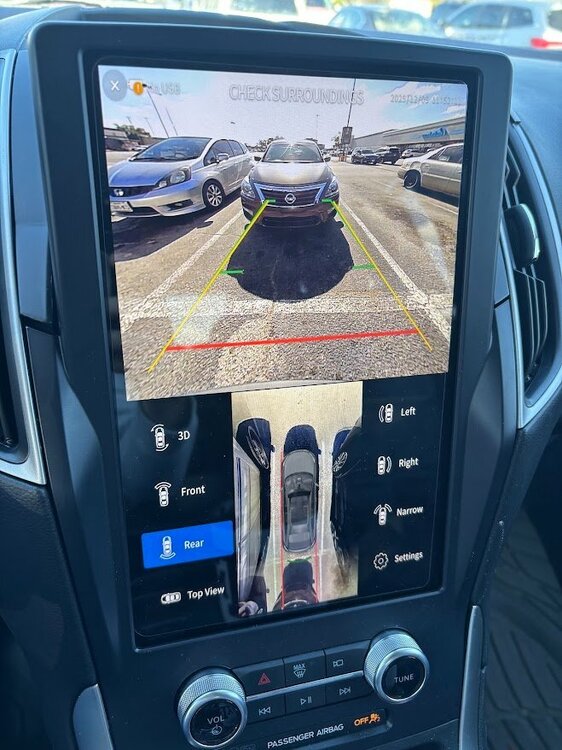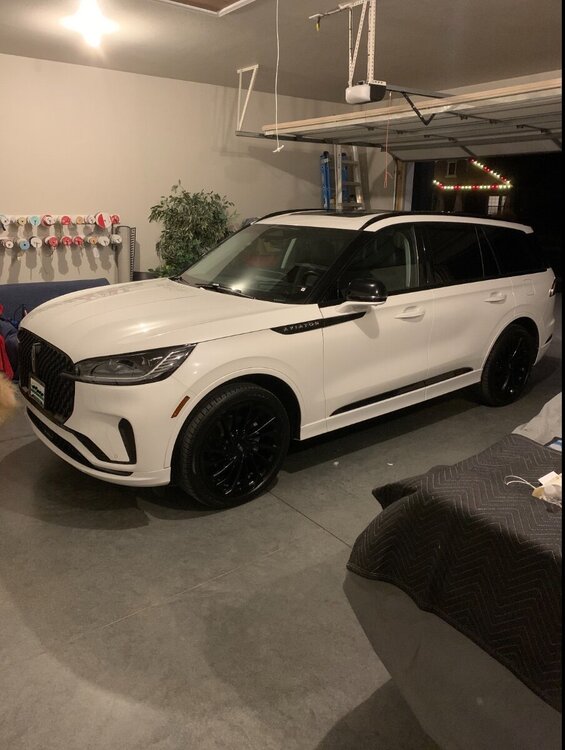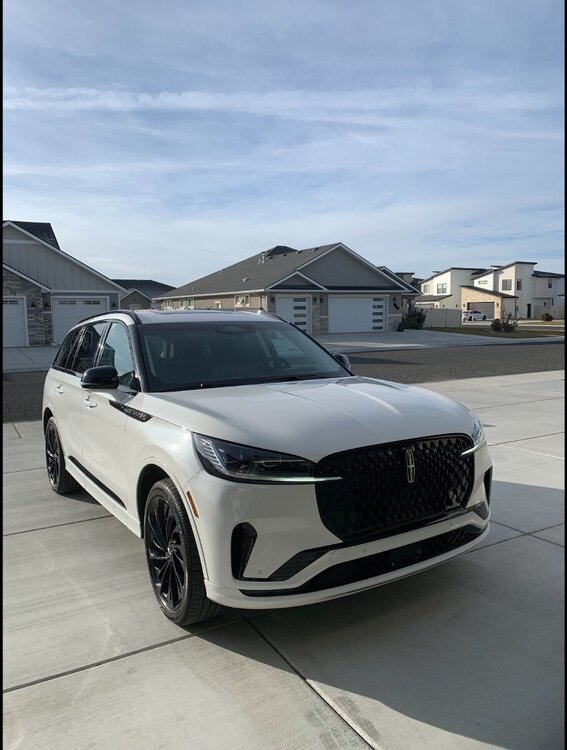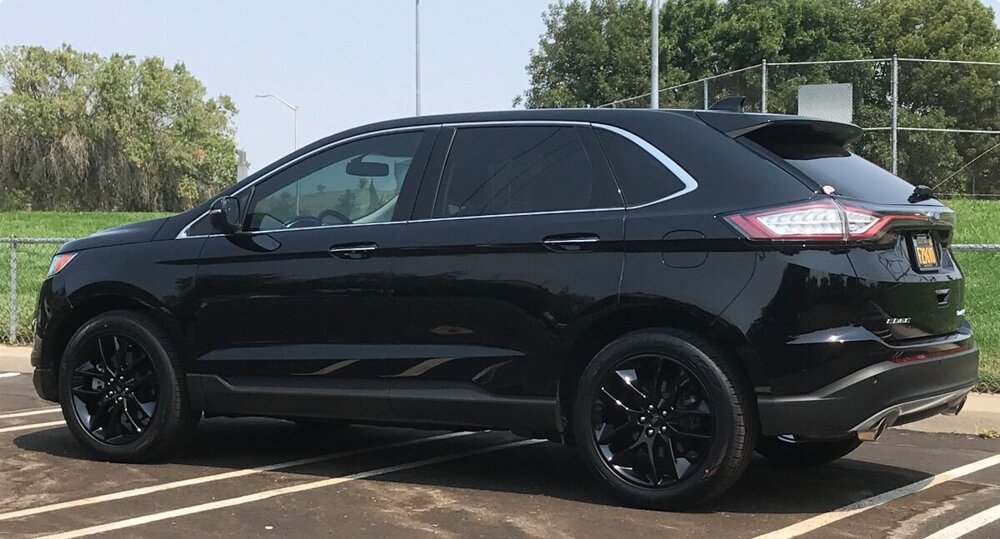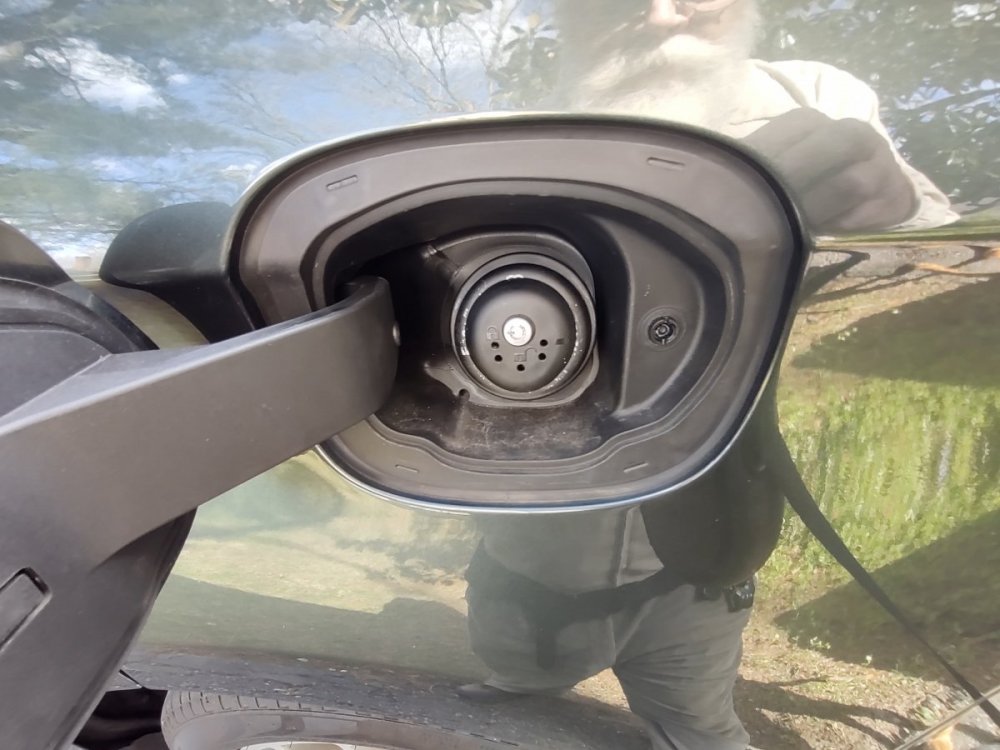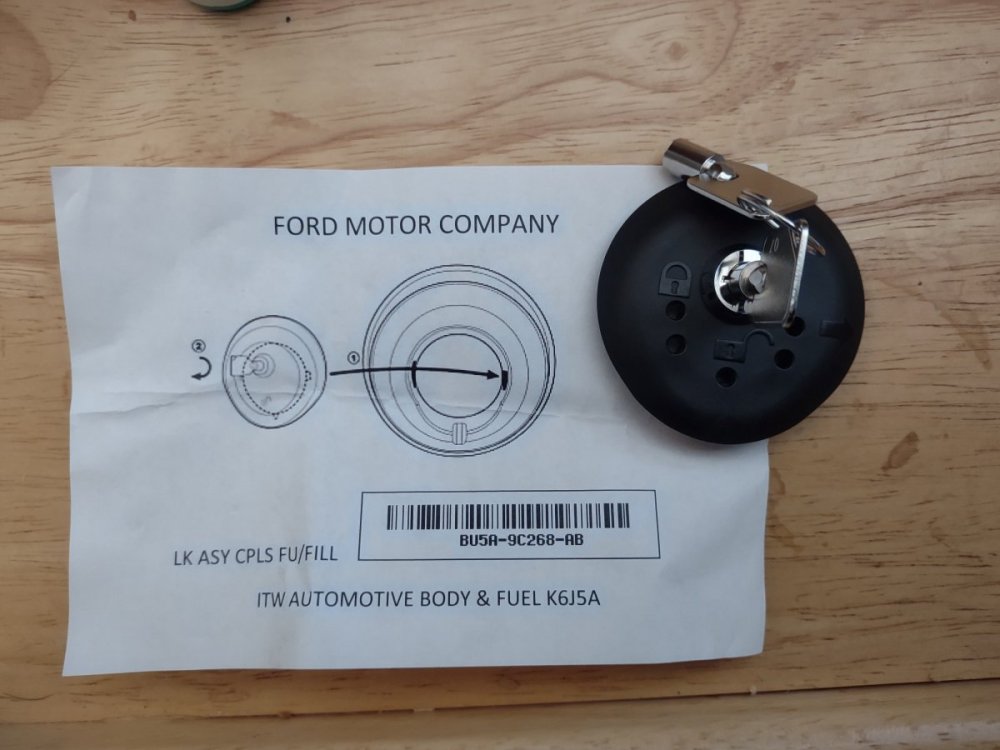Leaderboard
Popular Content
Showing content with the highest reputation since 12/15/2025 in all areas
-
I finally wrapped up the full camera system install on my Edge. Front Camera I swapped out the factory grille for a black one that already had the camera mount integrated. Definitely the cleanest way to do it — no drilling and a perfect OEM-style fit. Side Cameras The side mirrors were straightforward. Routing the wiring and lining up the cameras was easy. Just a bunch of plastics to remove. Rear Camera This one took the most work. Like I mentioned in my previous post I wanted to retain the factory camera and system, and just add the new camera for the 360 view. I had to get creative. I decided to embed the camera in the logo. Marked and dremel’d out a custom recess behind the Ford emblem. Mounted the camera flush and secured it internally. Ran the wiring through the hatch. Calibrated the image afterward so the lines lined up correctly Honestly, this was the toughest part, but I’m happy with how the end result looks. I think I could have done a better job, or maybe could have thought of something else. But also I really wanted to finish the project. I think I'm going to redo the calibration after the holidays to get a better results but overall it's good. If anyone has ideas for cleaner mounting, I’m all ears.3 points
-
3 points
-
UPDATE, I did the same thing fishx65, used one of those Velcro pads and wedged it under the clip. No more rattle! What a nightmare that Ford could not figure this out. Thanks for this Forum.3 points
-
I have the official printed version of the wiring diagram for the 2018 Edge. There is a good chance it is the same as the 2017. It shows that there is only one version of the wiring diagram for the headlamps. I think this is a pretty reliable source. It shows many instances where there are different wiring schemes for different equipment on the car. There are three fuses. F62 and F67. Both are 50amp that go to the BCM. One for each side. The third is a shared 10 amp, F20. (this might be for the HID igniter). I think there is a very good chance that they will work with the existing hardware and require a change with Forscan only.2 points
-
Looks like the issue is solved. It appears that the previous owner hit a curb or something quite hard with the left rear wheel. It shifted the subframe slightly and bent the control arm. On dry roads there was enough resistance on the rubber that it didn't slip but as soon as it hit slippery the left wheel that was out of alignment would slip causing the swaying. I assume the tires were wearing badly which is why they put the new tires on it before selling the vehicle. Wasn't super expensive to repair. Alignment is good and runs nice and straight on ice now.2 points
-
First, please move this post to the appropriate section if not posted correctly. I recently changed oil at 1000 miles on my new 2016 edge sport that has the 2.7 ecoboost. Overall, it was a fairly simply process. However, I discovered some torn pieces of rubber/silicone material stuck in the oil filter element and also at the bottom of the housing assembly. The old filter had 3 O-ring gaskets which I replaced with 3 new gaskets so they were intact and not torn. I don't know where these pieces could have come from. Infant little worried if something broke somewhere and bits and pieces were circulated with the oil. Would appreciate if someone can chime in! Pictures shows the gasket like material discovered. These are not plastic pieces from the filter assembly. They are softer rubber like pieces. I couldn't find any other gaskets at the bottom once I cleaned the housing. From my understanding there are only 3 gaskets that is supposed to be replaced and the filter cap itself doesn't have a gasket of its own? Would appreciate any help!1 point
-
@AB_Ford what Model/Year - please add that to your profile signature - https://www.fordedgeforum.com/settings/signature/1 point
-
Hi, All. The site went down sometime yesterday as we were migrated to a new server without prior notice. Sorry for the issue. Robert1 point
-
I got some Osram Nightbreaker bulbs coming in next week and I’ll be doing the install. I got a printout of the as built from the car I got the housings from and my current as built information so I know exactly what is different and what to change in Forscan. Will report back once install is complete.1 point
-
Your intention is to enable the BCM to turn on the sensors . How did you connect to the BCM Did you wire it from the front bumper to inside the BCM or is there a connector to connect? Can you please give me the OEM for my 2020 ford edge front sensor1 point
-
Directly can i add four front sensors and connect to BCM then works ? It means does not need calibration for touch screen?1 point
-
1 point
-
Did you change the actual instrument cluster (IPC) to the Lincoln/Mondeo/EU model? The circles only work on the Lincoln/Mondeo/Eau cluster.1 point
-
I actually found it at O'Rielly's https://www.oreillyauto.com/detail/c/standard-ignition/lighting---electrical/connectors---terminals/parking-aid-sensor-connector/f150988703f7/standard-ignition-3-terminal-parking-assist-sensor-connector/std0/s2393/v/a/92778/automotive-suv-2010-ford-edge?q=parking+aid+sensor+connector Hoping to install it soon, but also need to find the bracket that holds the sensor in place on the bumper.1 point
-
Sorry to bring this post back from the dead but has anyone else done this? I got a set of oem hid housings with ballast and bulbs from a friends wrecked car. Just hook them up and make the changes in forscan and they work?1 point
-
I found two that are available. Ebay has one for $149 including shipping. 2007-2010 Ford Edge Rear Bumper Parking Sensor Wire Harness 7T4T-14N139 | eBay The other is from a salvage yard in San Fernando, CA for $149 (plus shipping?) FORD EDGE WIRE HARNESS REAR BUMPER PDC 2007 2008 2009 2010 INCLUDES SENSORS You might check your local salvage yards as this part fits all models from 2007 to 2010.1 point
-
if you have a new ptu, like r and r, it may be a good idea to do it at 3k for break in period.1 point
-
Checked my records and the failed pads are Centric Posi Quiet - definitely avoid those. https://bobistheoilguy.com/forums/threads/centric-posi-quiet-pad-delamination-on-both-sides-pic-included.356932/ .1 point
-
Welcome. 14.8v seems a little high. When you replaced the battery did you reset the BMS (Battery Monitoring System)? It could also be a parasitic drain - do a search for that and you'll find a few good YouTube videos on how. Places like AutoZone have testers that check the CCA, Cranking Voltage, and Charge rates - have them do that.1 point
-
Dangerous if it started up in a closed garage when no one was aware. But, continuing the thought, if it sensed the battety voltage getting low and sent you a text on your cell .... "I'm sorry to bother you Dave. This is your car, Hal. I'm afraid to tell you but it appears that my battery voltage is getting low. I've tried shutting off everything I can, but it appears that the APIM module and the drivers door mirror have gotten into an arguement and are refusing to listen to me. Would you like for me to open the pod-bay door and start the engine?"1 point
-
1 point
-
1 point
-
Actually there's nearly no chance that anyone could just shove a hose in the capless fuel fill and syphon any gas. The neck is fairly complicated. And drilling a hole in a gas tank has always been around, theres just no defense against it. And, its just not done very often.1 point
-
Anyone have this problem? I just put a new battery in about 3 weeks ago. Wife called yesterday and was stuck at a QT. Said car was dead. Got there and like before when I replaced battery there were no dash lights or interior lights. So I jumped the car and it started just fine. I then drove it home (20 mi) and turned car off. Then decided to go to auto zone and have alternator tested. Turned car of there and they did a battery test (not sure kid who tested it got good connection since he was having problems with meter) and it tested bad. So I pulled battery and took it back to Costco to have it tested to get another battery. It tested as 12.2 volts and 860 CCA available on a 660 CCA battery. This morning started car and everything good. Stuck a volt meter on battery before start and it was 12.2 volts then started car and it read 14.8 volts, so don’t think it’s the alternator. Any ideas were to check next. This seems to be very intermittent.0 points
-
I'm actually starting to think of a way to use it, mounted under a PVC Cap (I got at our Home Depot) with a key hole of course, to create a more tough capping off of the capless. Our Tractor Supply also packages a metal Dust Cap of good dimensions; but, they're charging $24 for 2. About the thinness of the one that works ... the tolerance of the swivel part is so close, I could not seem to duplicate it with a cabinet lock I had picked up at the hardware store. I'm getting there ...0 points





